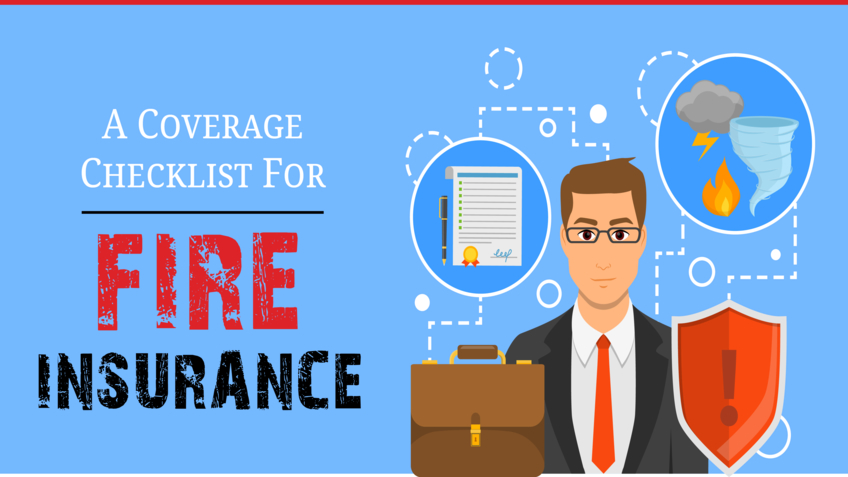
A fire insurance policy is a contract between the policyholder and the insurance company to reimburse the insured for the financial losses suffered due to the destruction or the damage of the property caused by fire. Here is the list of perils which are covered in the standard fire insurance policy:
- Fire
- Bush Fire
- Lightning
- Impact Damage
- Aircraft Damage
- Explosion/Implosion
- Missile Testing Operations
- Storm, Cyclone, Typhoon and Flood
- Subsidence and Landslide including Rockslide
- Leakage from Automatic Sprinkler Installations
RNC is a reputed name providing techno-commercial services as an insurance surveyor, loss assessor and consultant for the valuation of property. They act as an independent engineer for the techno-economic viability studies.
FAQs — Fire Insurance Checklist (India)
1) What is a fire insurance checklist and why do I need it?
A fire insurance checklist is a step-by-step guide to ensure your assets are correctly insured, documented, and compliant—so claims are faster and fully payable.
2) What documents should I keep ready for a fire insurance policy?
Proposal form, KYC, asset register/FAR, recent valuation report, purchase invoices, layout/site plan, fire-safety certificates, AMC/maintenance logs, and utility bills.
3) How do I decide the correct Sum Insured?
Use the reinstatement/new replacement cost for buildings, machinery, and contents—based on a recent professional valuation—to avoid underinsurance.
4) What’s the difference between Market Value and Reinstatement Value?
Market Value = Replacement cost minus depreciation. Reinstatement Value = Current cost to replace new-for-old (recommended for faster recovery after a loss).
5) Which add-on covers should I consider with fire insurance?
Common add-ons include STFI (Storm, Tempest, Flood, Inundation), Earthquake, Burglary (following forcible entry), Debris Removal, Architects/Surveyors fees, Loss of Rent/Profit (BI), and Temporary Removal of Stocks.
6) What are typical exclusions in a fire policy?
Willful/negligent acts, war/nuclear risks, electrical/mechanical breakdown (unless it results in fire), gradual wear/tear, and consequential loss (unless BI cover is added).
7) How often should I update valuations for insurance?
Annually is best; at minimum every 2–3 years or whenever there are major capital additions, relocations, or price volatility.
8) What fire-safety compliances help smooth claim settlement?
Functional extinguishers/hydrants/sprinklers, smoke detection, clear evacuation routes, electrical health checks, staff training records, and scheduled drills.
9) What immediate steps should I take after a fire?
Ensure safety, inform authorities, notify the insurer immediately, protect undamaged property, document the damage (photos/video), and gather invoices/valuation reports.
10) What is Business Interruption (Loss of Profit) cover and do I need it?
BI covers lost gross profits and standing charges during downtime after a fire—crucial for factories, warehouses, retail, hotels, and service operations.
11) How do deductibles/excess impact my claim?
A deductible is the part of loss you absorb. Higher deductibles can lower premiums but increase your out-of-pocket cost at claim time.
12) Who should get a professional valuation for fire insurance and why?
Manufacturers, warehouses, institutions, and commercial property owners benefit from a certified valuation to set accurate sums insured and avoid Average Clause penalties.
